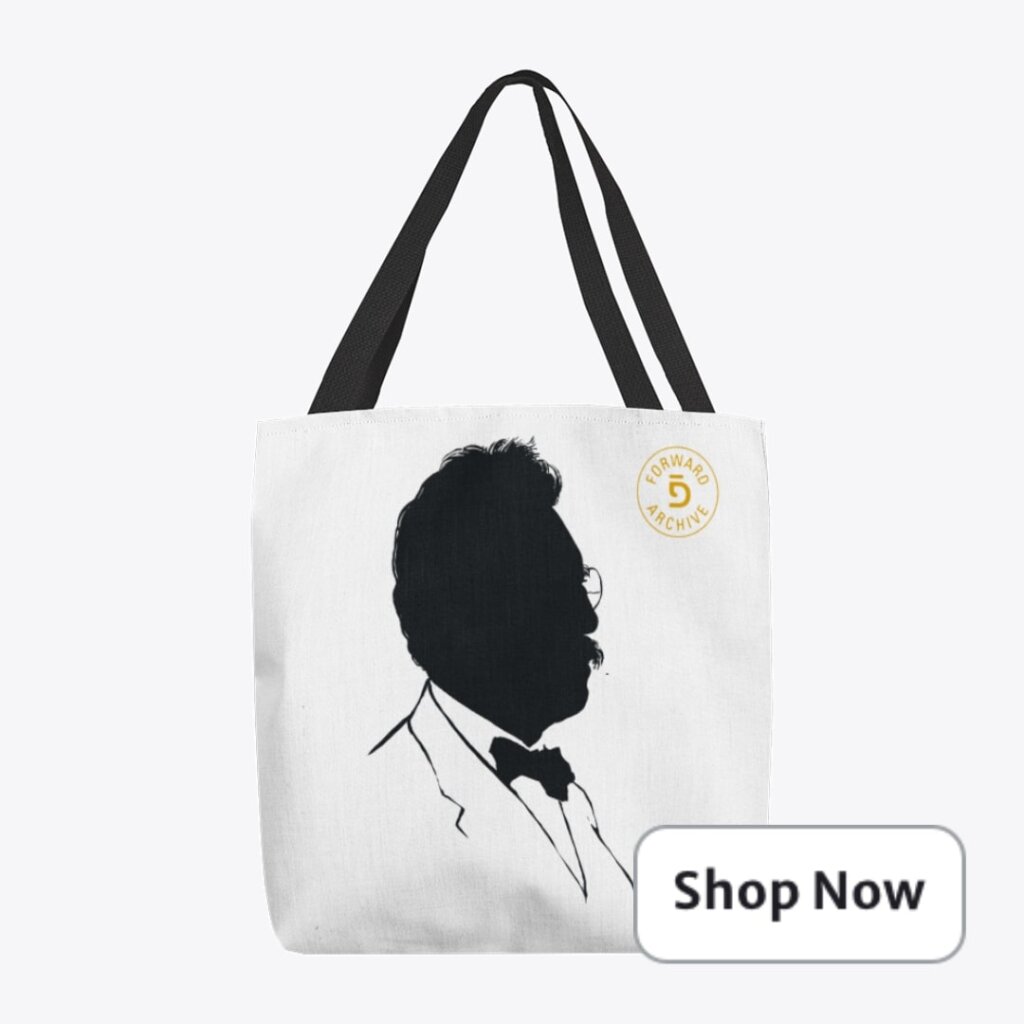Yevgeniya Traps
By Yevgeniya Traps
-

Art After the horrors of the Nazi invasion, a darkly gorgeous fairy tale emerges
The Polish artist Erna Rosenstein (1913-2004) often called herself a fairy or a witch. In letters to a friend, she would sign off as “Fairy Rosenstein.” Rosenstein had a long-running interest in fairy tales and wrote and illustrated her own, like the charmingly surreal, surreally charming “Tiny Tale of Snail and All His Friends.” And…
-
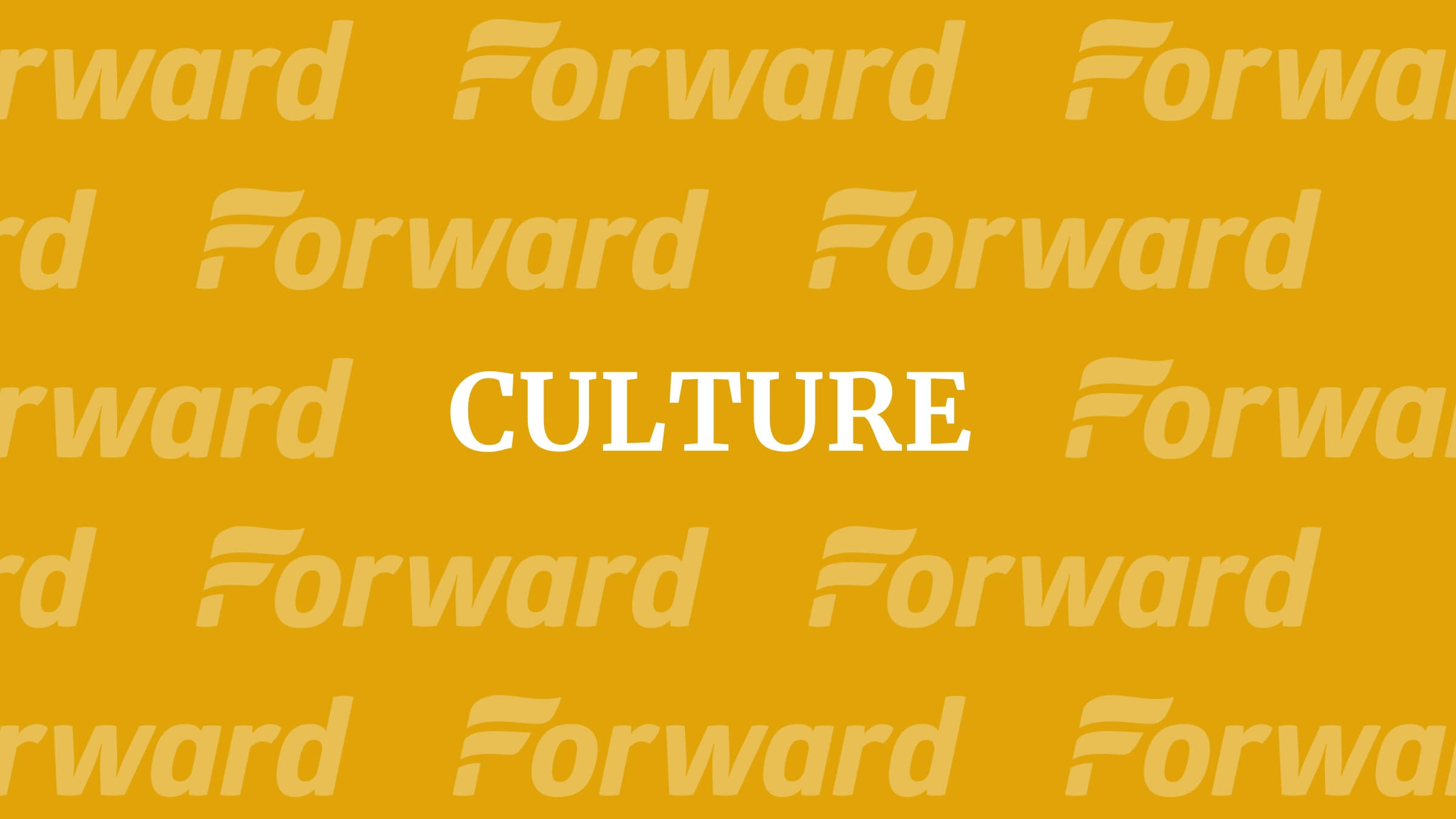
Culture She shattered the glass coffin of fairy tale endings
For a period of six weeks in 1994, the artist Rachel Feinstein slept in a makeshift gingerbread house on display at Exit Art, a Manhattan gallery. The performance was called “Let the Artist Live,” and Feinstein could be glimpsed, in sleeping pill-aided slumber, through the window of the house, resembling a dreamy if slightly debauched…
-

Culture The Joyous Tragedy Of Eva Hesse
It is, I think, no melodramatic overstatement to describe the artist Eve Hesse’s life as essentially tragic. As a toddler, she barely survived World War II, having been sent from her Hamburg home to Holland on the Kindertransport with her older sister Helen. Later, she watched her mother destroy herself after learning that her own…
-

Culture Leonard Cohen Found His Inner Picasso In His Final Work
‘So little to say / So urgent / to say it, is the whole of one poem by the late Leonard Cohen. The poem is called “My Career.” Like so much of Cohen’s work, the poem reifies a certain kind of humbleness — before the divine, the beautiful, the mystical. But the modesty may be…
-
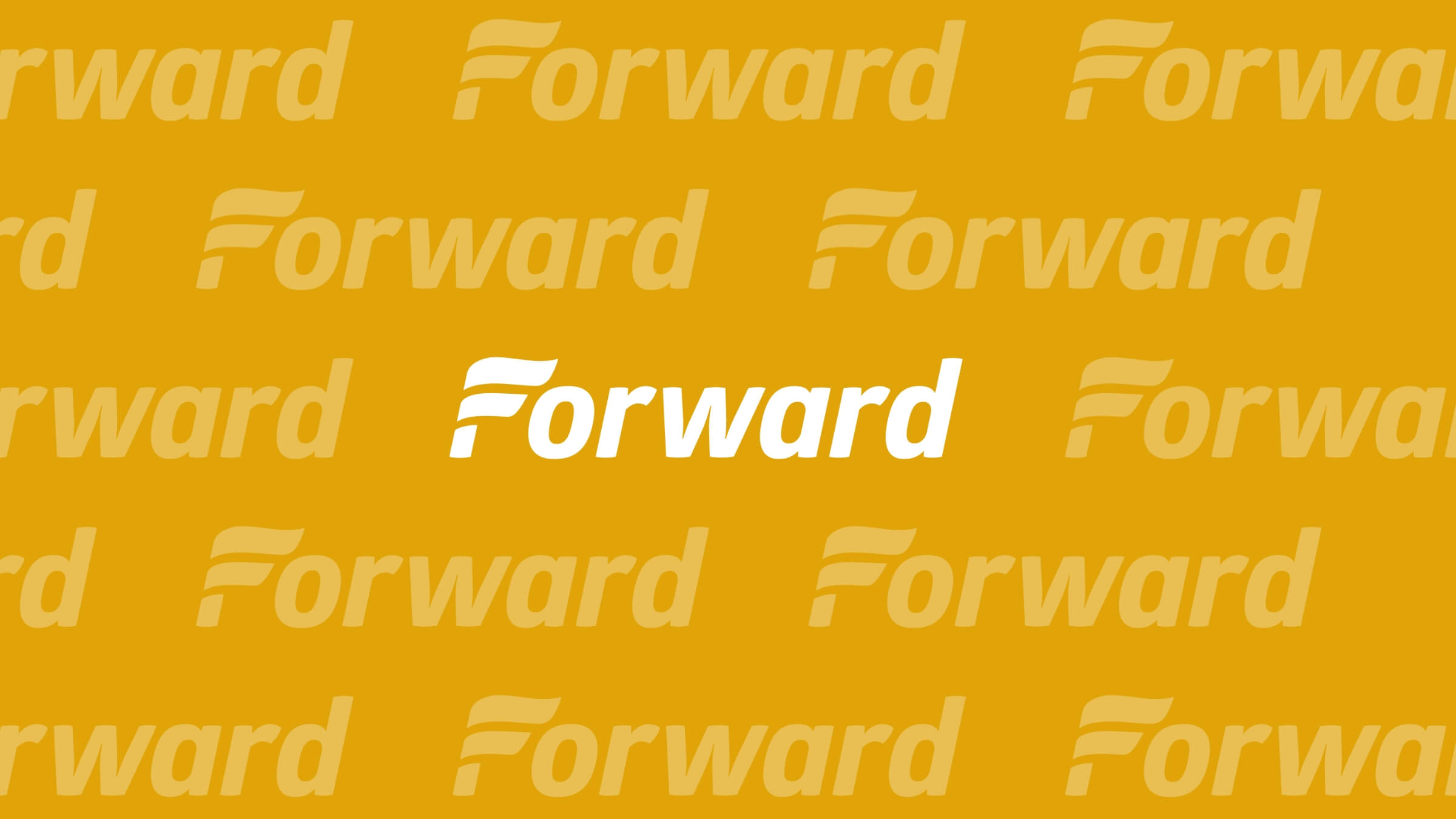
Culture Rachel Kushner Brings Moral Indignation To ‘Mars Room’
Much of Rachel Kushner’s third novel is set in Stanville Women’s Correctional Facility, but its title — The Mars Room — refers to a San Francisco strip club where Romy Hall, now serving two consecutive life sentences plus six years, once worked. Romy was, on the whole, not unhappy at the Mars Room, a place…
-

Culture How Should A Mother Be?
Motherhood By Sheila Heti Henry Holt, 304 Pages, $27 Reading Sheila Heti’s new book “Motherhood” in public presents a particular challenge: Twice, in recent days, I was asked, by people clearly unfamiliar with Heti’s work, if I’m expecting. Which I am not, thank you very much. But, even considering the potential for bruised feelings, reading…
-

Art How Leon Golub Slashed Out Against Cruelty, Violence And Toxic Masculinity
In his obituary in the August 12, 2004, issue of The New York Times, Leon Golub is described as “an American painter of expressionistic, heroic-scale figures that reflect dire modern political conditions.” His new exhibition at the Met Breuer, “Leon Golub: Raw Nerve” suggests the artist’s vision — violent, cruel, red in tooth and claw,…
-

Culture Class Conflict Is At The Heart Of Mad Men Creator’s New Thriller
HEATHER, THE TOTALITY By Matthew Weiner Little, Brown & Co, 144 pages, $22.50 Meet Mark and Karen Breakstone. They got married a little late in life: “Karen was nearly 40 and had given up on finding someone as good as her father.” Some friends introduced her to Mark, who, at first has only “his potential…
Most Popular
- 1
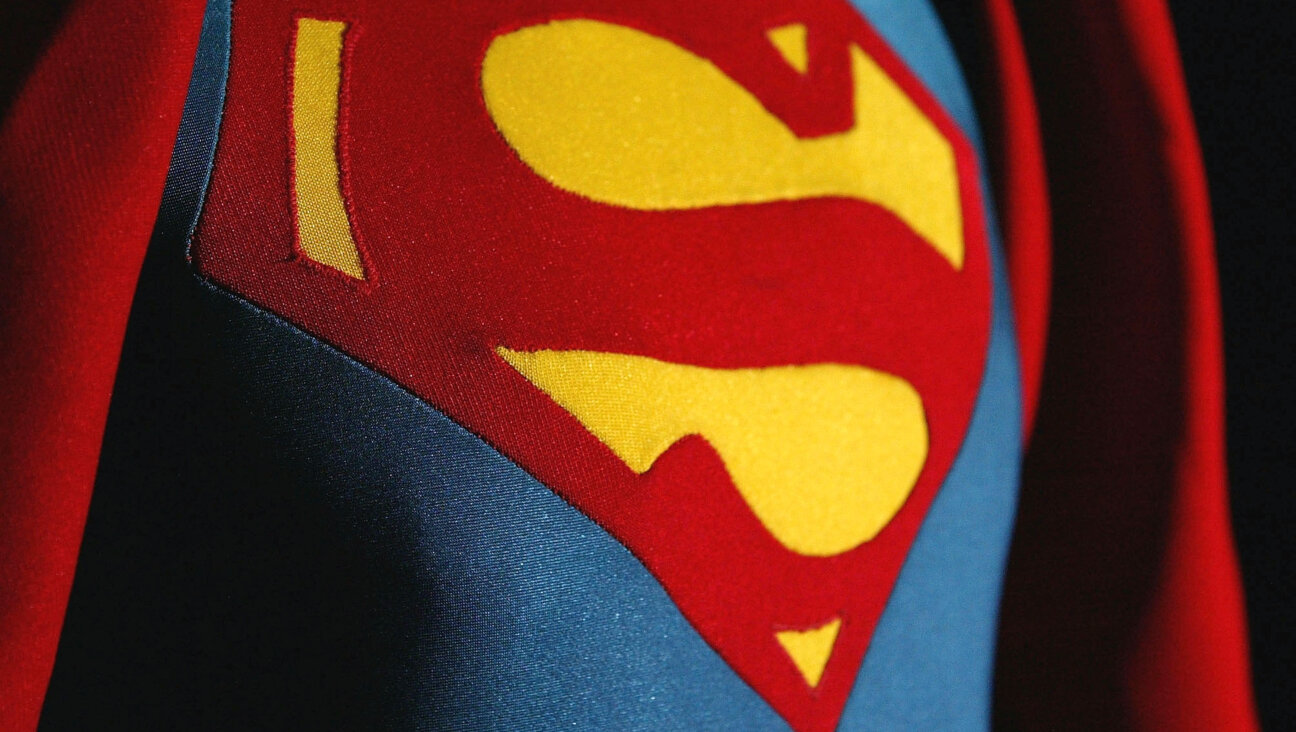
Film & TV The new ‘Superman’ is being called anti-Israel, but does that make it pro-Palestine?
- 2

Fast Forward Tucker Carlson calls for stripping citizenship from Americans who served in the Israeli army
- 3
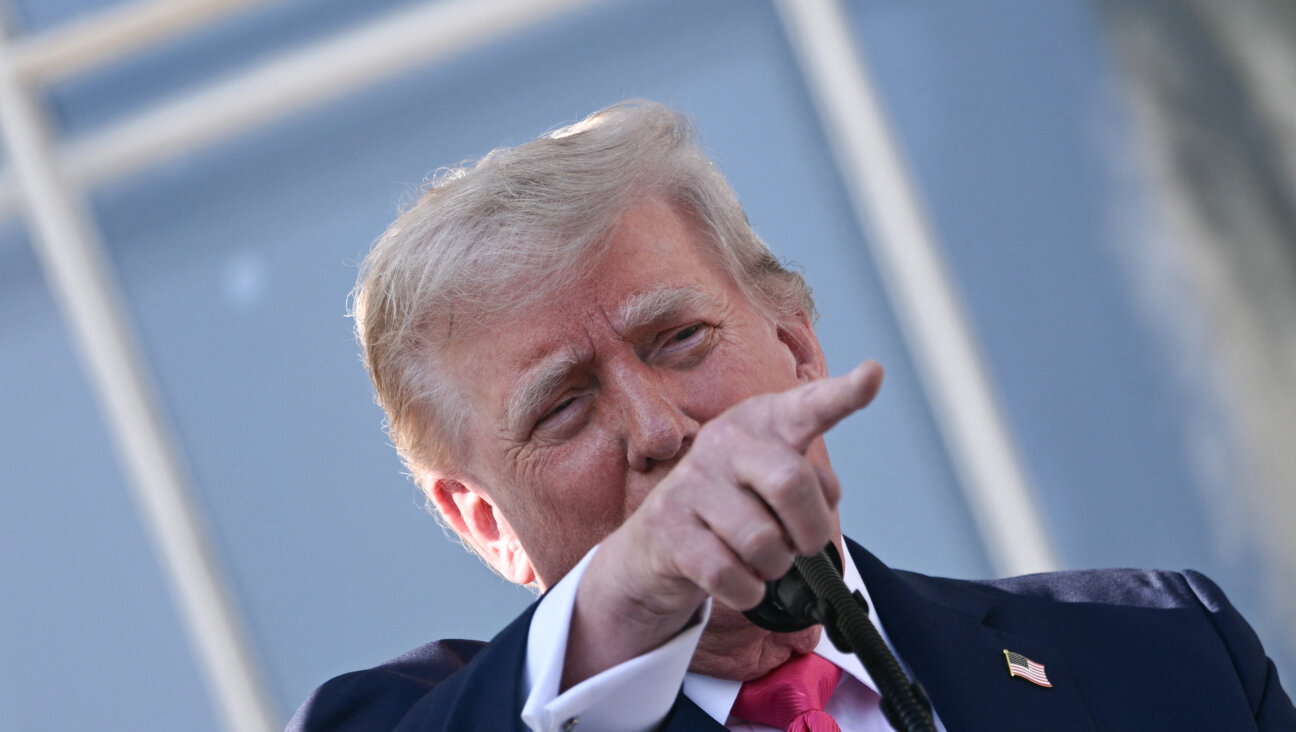
Opinion This German word explains Trump’s authoritarian impulses — and Hitler’s rise to power
- 4
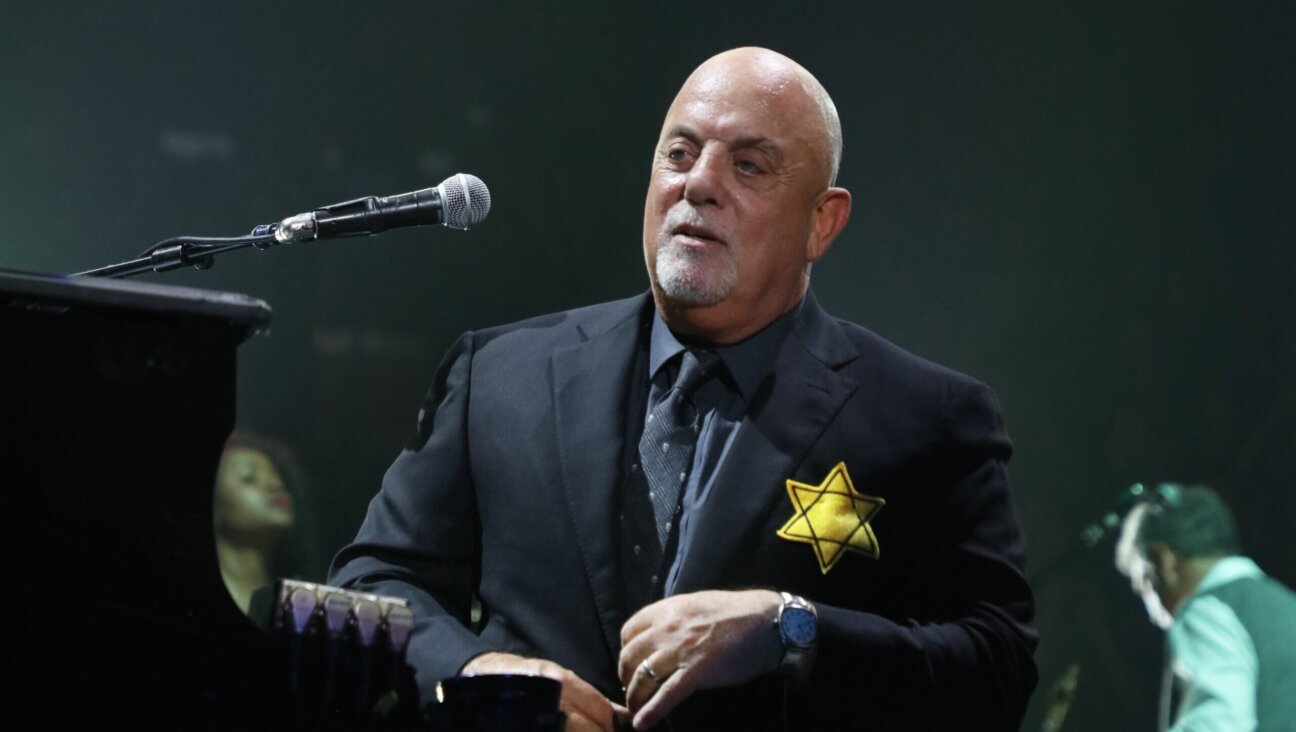
Music ‘No matter what, I will always be a Jew.’ Billy Joel opens up about his family’s Holocaust history
In Case You Missed It
-

Opinion Americans keep getting killed in the West Bank. Here’s how the US could fight that awful trend
-

Culture Katz’s Deli is a mecca for food influencers — it kills me to see them butcher its good name
-
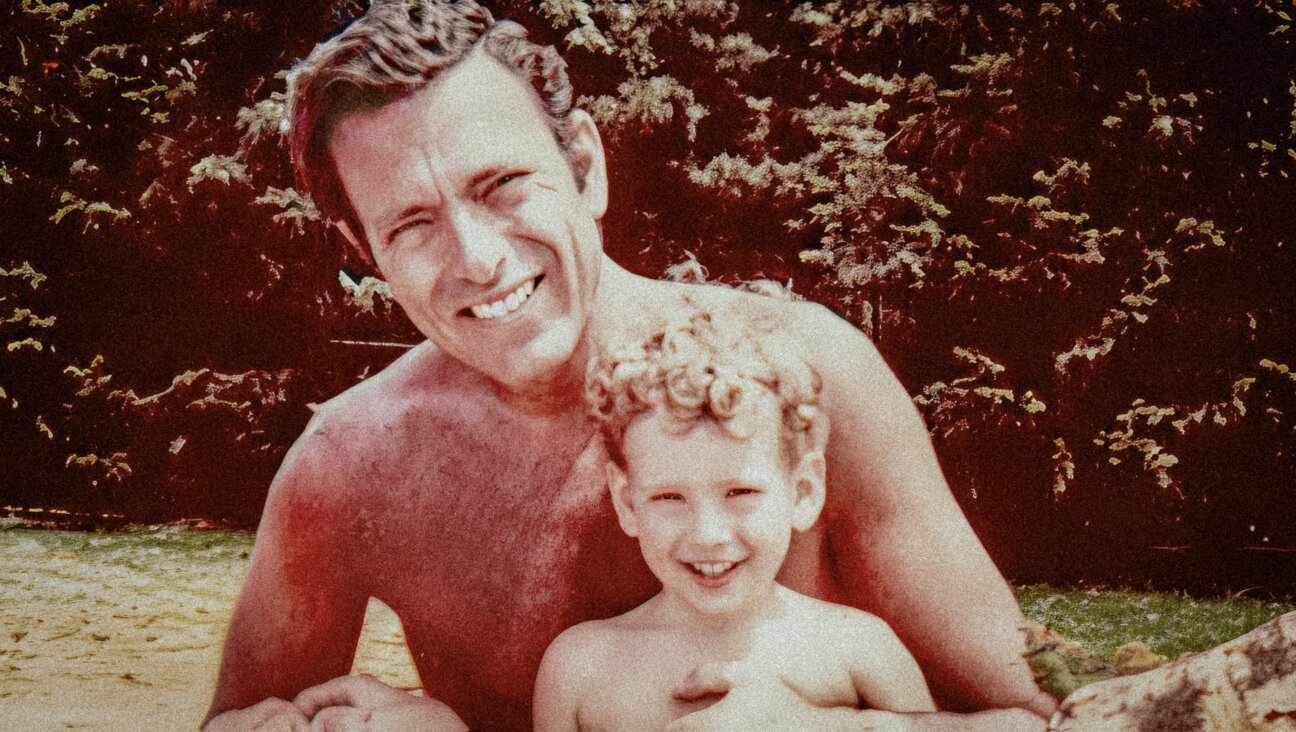
Film & TV Whoever said ‘you can’t take it with you’ never reckoned with this Jewish patriarch
-
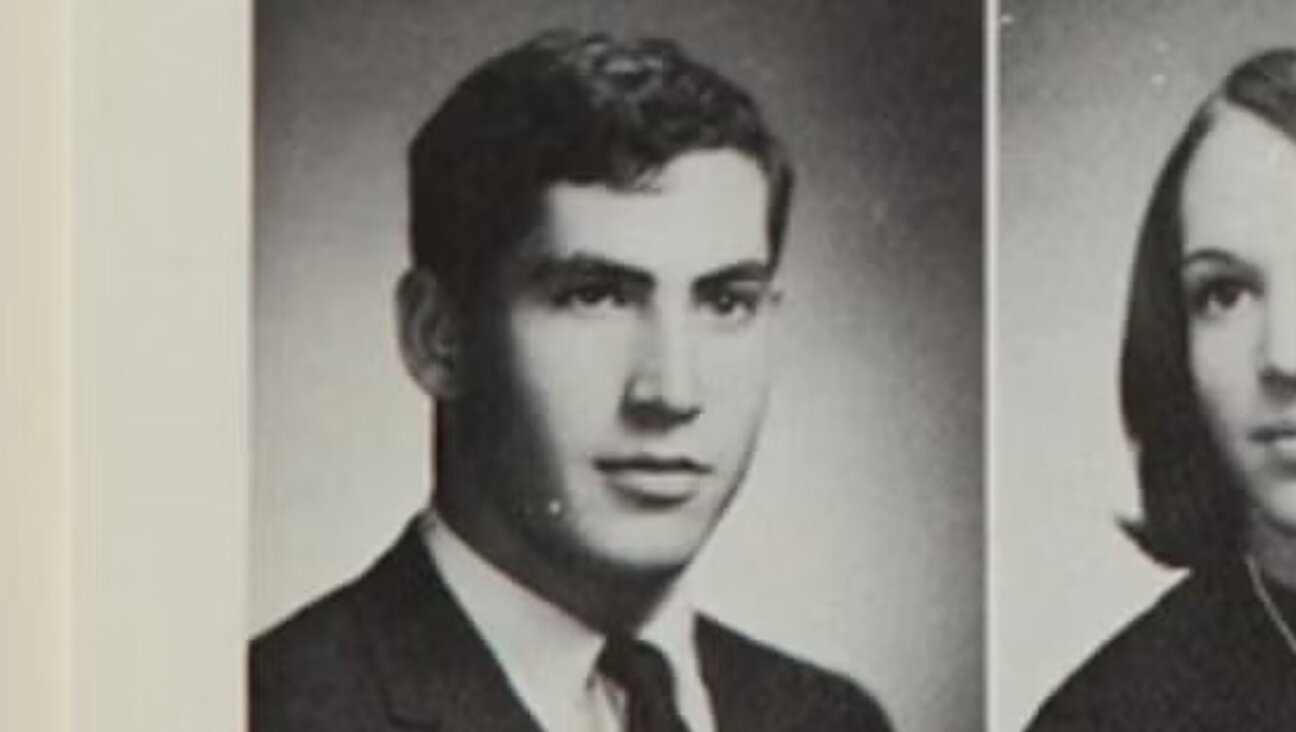
Fast Forward Students at Netanyahu’s Pennsylvania high school want him ejected from the alumni hall of fame
-
Shop the Forward Store
100% of profits support our journalism



